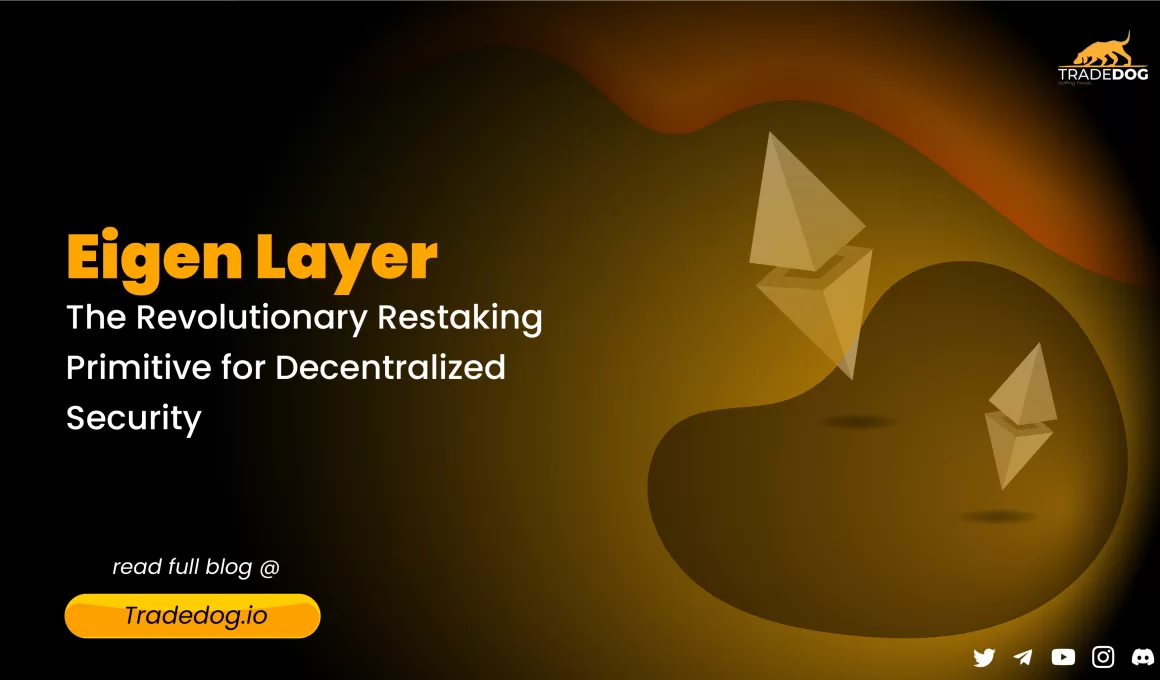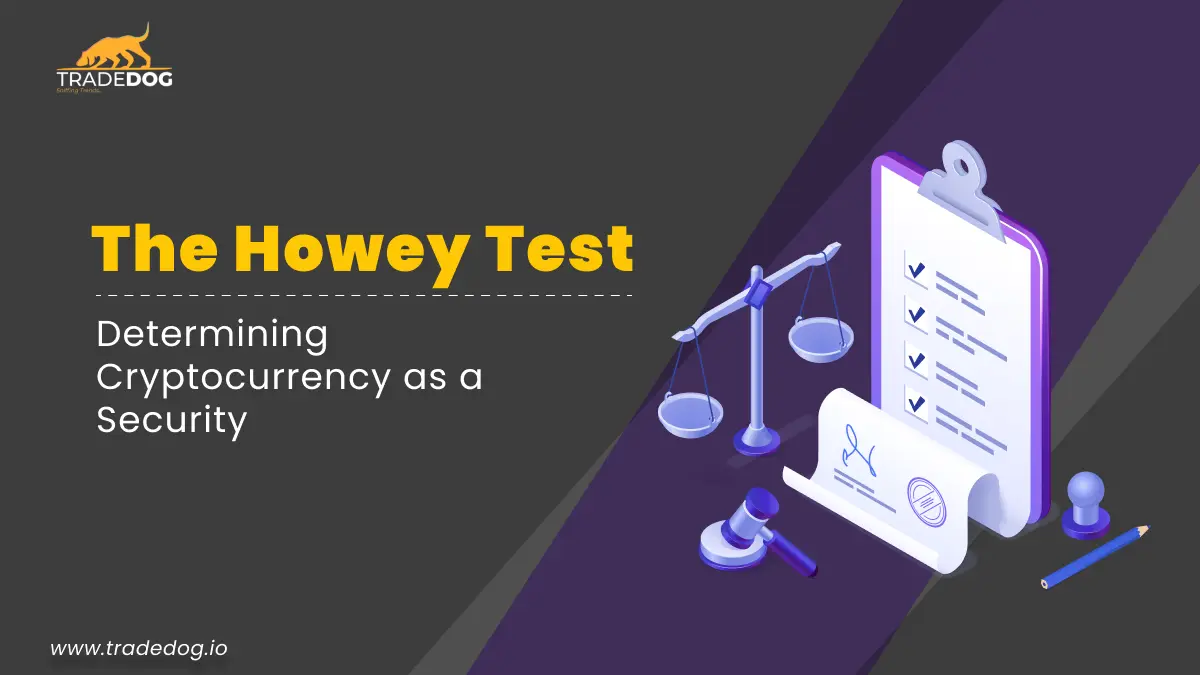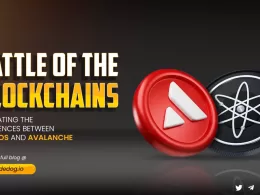Quick Links
One of the significant components of blockchain trilemma is security. Establishing a robust cryptographic security system can be complex and challenging to maintain. As per the dashboard provided by Footprint Analytics, Ethereum offered an on-chain loss amount of nearly $2.01 billion in the past year, which nearly consists of 55.77% of the total market share of loss amount by chains.
Several security factors and vulnerabilities led to the formation of such a huge loss on the Ethereum chains for dapps. For starters, any vulnerabilities in the smart contract code can lead to serious security issues. Additionally, the decentralized nature of the Ethereum blockchain makes it difficult to identify and track malicious actors.
Now, bootstrapping a robust security system and trust network might not be feasible for an early-stage crypto startup. That’s one of the significant factors of inefficiency in its ecosystem. Secondly, the security of a decentralized application is never an ending process. Moreover, it requires more effort when that particular dapp has started to onboard heavy traffic on the platform regarding users.
To overcome these challenges and aggregate security across the Ethereum network, EigenLayer has developed a new mechanism in cryptoeconomic security, the staking primitive. Restaking is a set of smart contracts that allows users who stake $ETH to repurpose their locked $ETH to extend security to other network-build applications.
Security Challenges Faced By Decentralized Applications
Several factors ultimately challenge developers to have a robust security system for their sidechains and layer-2 solutions. For starters, a layer-2 module running on a blockchain network needs to create its own security system, which the blockchain network does not provide or guarantee.
For example, Polygon has its own validation module that secures the transactions in its network through its native token. A person interested in securing Polygon’s network by becoming a validator has to stake a certain amount of MATIC tokens. In this manner, the whole layer at the transaction level is secured.
However, Polygon has developed its security module over time and still introduces relevant updates whenever needed. The latest update came in January 2023, in which it had a hard fork and addressed gas fee spikes and chain reorganization issues that had affected the network.
Having said that, here are some prominent challenges faced by sidechains for their security architecture and system residing on a blockchain network:
High Financial Requirements
One of the most significant challenges for DApps is the high financial investment required to develop and maintain them. DApps necessitate substantial investment in infrastructure, development, and maintenance, which can be difficult for smaller organizations and startups.
Human Efforts
Another challenge that DApps face is that it takes human effort to keep them running. Because DApps are still in their early stages, specialized talent is scarce to create and maintain them. Furthermore, DApps necessitate continuous supervision and updating to ensure proper operation, which necessitates significant human effort.
Robust Architecture
Another challenge that DApps face is requiring a solid architecture to ensure appropriate security upgrades. Due to the distributed and decentralized nature of DApps, all participants must coordinate and agree upon any changes to the system. Furthermore, any changes made to the system must be thoroughly tested to ensure that they do not jeopardize security.
How can Sidechains Overcome Security Challenges?
That’s where the phenomenon called Ethereum Restaking comes into play. No, it’s not the usual staking method to earn interest on your staked Ethereum. It is altogether a different process through which sidechains supporting the Ethereum blockchain can ensure a robust security system through Ethereum Staking.
Eigen Layer: Supercharging Dapp Security Through Restaking Primitive 
EigenLayer is an Ethereum-based protocol that introduces restaking, a new primitive in crypto-economic security. This primitive allows $ETH to be restaked on the consensus layer. Users who have staked $ETH can use EigenLayer smart contracts to restake their $ETH and extend crypto-economic security to additional network applications. EigenLayer’s potential is due to its capacity to accumulate and enlarge crypto-economic security by restaking and validating new applications built on Ethereum.
Benefits of Eigen Layer
The foremost benefit of the Eigen layer is the re-utilization of economic security for a decentralized application without incurring additional costs to the staker. This means the system would lead to zero marginal cost of capital as the dapp would not need to create a new token as part of its trust layer and can bootstrap its security on ETH, which is already very robust.
As their fates are now linked by shared security, this generates value alignment between the middleware being developed and the Ethereum protocol. This creates a flywheel effect in which the more valuable services created with EigenLayer, the higher the return for ETH stakers, resulting in a higher value for ETH and thus ETH security and security for each EigenLayer project, giving huge incentive to create new projects with EigenLayer.
Use-cases of Eigen Layer
Here are some use cases of Eigen Layer based upon the different variety of decentralized applications currently operating on the Ethereum blockchain.
Bridges
The best use cases for Eigen Layer are protocols with a low chance of being slashed. Bridges have a considerably low chance of being slashed as they are quite flexible and have no liveness requirements for nodes.
Layer-2 Rollups
Eigen Layer can run rollup sequencers enabling sequencers for L2 like Optimism and Arbitrum to be decentralized and secure.
Oracles
This might be also a good fit for Eigen Layer as oracles are currency being secured by the token’s value, for example, Chainlink (LINK). By securing an oracle network with more collateral in terms of $ETH, they can gain 10x security through high liquidity, reducing the likelihood of oracle attacks in DeFi.
Appchains
Various deployment protocols can bootstrap their security for new appchains, with value accrual returning to ETH as the base security as collateral.
Closing Thoughts: Is Eigen Layer the Ultimate Solution?
The whole idea of staking primitive ETH through the Eigen Layer looks feasible for new sidechains consisting of different modules. The time, effort, and cost implied in having a robust security system for these solutions could be drastically reduced by Eigen.
However, every aspect has both pros and cons. With staking functionality on the Eigen layer, you are dedicating the control of your funds to Eigen. This gives rise to security concerns over the validator. The irony is it ensures security but derives security concerns over validators.











